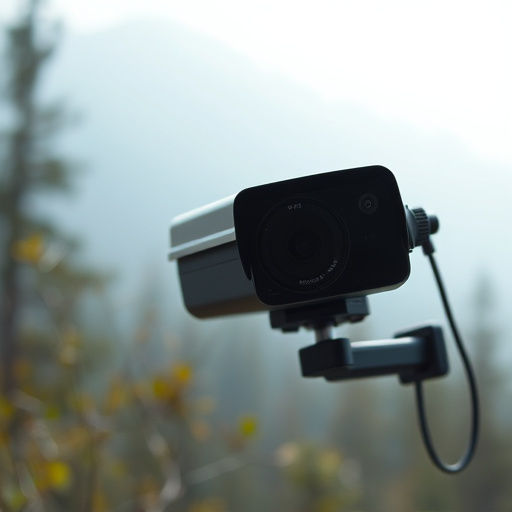In counter surveillance, detecting hidden cameras is crucial, with advanced Hidden Nanny Cam Video Quality playing a key role. When selecting nannycams, consider resolution (up to 4K), frame rate (30 FPS or higher), and low-light performance for day/night monitoring. Professionals use RF detectors to identify wireless signals from hidden cameras, audio bugs, and tracking devices, enhancing accuracy through multi-layered surveillance. A Hidden Nanny Cam Video Quality Comparison highlights the importance of storage capacity and optimizing camera features for specific environments.
In today’s digital era, privacy concerns have surged, particularly with the proliferation of hidden nanny cams. This comprehensive guide delves into counter surveillance sweeps, providing professionals with effective methods to uncover hidden cameras. We explore practical considerations, including a detailed Hidden Nanny Cam Video Quality Comparison, to empower individuals and businesses alike to protect their personal spaces. Understanding counter surveillance is more than just a tactic; it’s a step towards reclaiming control in an increasingly connected world.
- Understanding Counter Surveillance: Uncovering Hidden Cameras
- Professional Methods for Conducting a Sweep
- Hidden Nanny Cam Video Quality Comparison: Practical Considerations
Understanding Counter Surveillance: Uncovering Hidden Cameras
In the realm of counter surveillance, uncovering hidden cameras is a critical skill for professionals. Advanced technology has made it possible to record videos secretly, leading to an increase in the use of hidden nanny cam devices. These subtle yet powerful tools can be found in various forms, each with unique video quality capabilities. When comparing hidden nanny cam video quality, factors such as resolution, frame rate, and low-light performance become essential considerations.
High-definition (HD) cameras offering 1080p or even 4K resolutions provide crisp and clear images, ensuring that every detail is captured. A fast frame rate of 30 frames per second (FPS) or higher aids in smooth video playback, making it easier to detect any suspicious activity. Moreover, advanced sensors that excel in low-light conditions allow for effective surveillance even in dimly lit environments. Understanding these technical aspects empowers professionals to choose the right counter surveillance equipment for specific situations, ensuring comprehensive and undetectable monitoring.
Professional Methods for Conducting a Sweep
Professional methods for conducting a sweep involve a multi-layered approach that combines advanced technology with meticulous planning. One key tool in the arsenal is the hidden nanny cam, which offers superior video quality compared to traditional surveillance devices. High-definition footage allows experts to capture even subtle details, ensuring no potential threats are overlooked. These nannycams are designed to be virtually invisible, integrating seamlessly into everyday objects like clocks or picture frames.
During a sweep, professionals utilize specialized equipment for signal detection and analysis. This includes advanced RF (radio frequency) detectors capable of identifying wireless signals from hidden cameras, audio bugs, and other tracking devices. Cross-referencing this data with visual surveillance from nannycams enhances the accuracy and effectiveness of the sweep, providing comprehensive coverage in even the most complex environments.
Hidden Nanny Cam Video Quality Comparison: Practical Considerations
When considering a hidden nanny cam, one of the critical factors is video quality. High-definition (HD) footage offers superior detail, allowing for better identification and evidence capture. However, in low-light conditions or environments with significant motion, even HD cameras can struggle to deliver crisp images.
In a Hidden Nanny Cam Video Quality Comparison, practical considerations come into play. For indoor use, especially during the day, most HD cameras will perform adequately. Conversely, outdoor installations, particularly at night or in dimly lit areas, require cameras with enhanced low-light sensitivity and often IR (infrared) capabilities to ensure clear video. Additionally, storage capacity should be factored in, as higher-quality footage demands more space, leading to the need for larger memory cards or frequent cloud backup solutions.
In conclusion, navigating counter surveillance requires a meticulous approach, especially when dealing with hidden nanny cams. This guide has equipped professionals with essential tools and techniques, including understanding camera types, their video quality variations, and employing advanced sweep methods. By recognizing the importance of these factors, one can effectively uncover covert recording devices, ensuring privacy and security for all. The practical considerations outlined in the article, particularly the Hidden Nanny Cam Video Quality Comparison, serve as a valuable resource for professionals to make informed decisions in their line of work.
